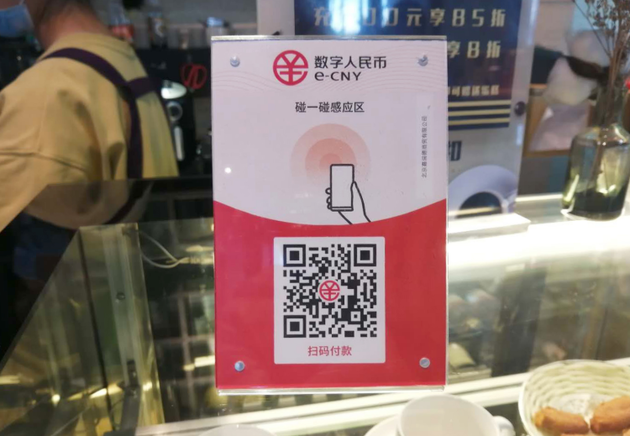
Photo/VCG
China's Hong Kong is making a significant stride in digital asset regulation with its Stablecoins Ordinance set to take effect on August 1st. The Hong Kong Monetary Authority (HKMA) has released key documents outlining the stablecoin issuer licensing regime and transitional arrangements, marking a pivotal moment for the global cryptocurrency market.
Under the new framework, institutions intending to apply for a license can signal their interest to the HKMA throughout August. Final applications and supporting materials must be submitted by September 30th. HKMA Deputy Chief Executive Eddie Yue indicated that the first batch of licenses, expected to be in the single digits, will be issued in early 2026.
In an interview with National Business Daily (NBD), Song Ke, Assistant Professor of School of Finance and Deputy Director and Council Member of the International Monetary Institute at Renmin University of China, emphasized the ordiance's potential to be a demonstrative effect for stablecoin policy worldwide. He views the ordinance's "value-anchored regulation" principle as an innovation that could serve as a blueprint for future global stablecoin regulatory frameworks.

Song Ke Photo/website of Renmin University of China
The following is the edited interview transcript.
A Global First: Setting a New Standard for Stablecoin Regulation
This ordinance is globally significant as it represents the first comprehensive regulatory framework specifically for fiat-referenced stablecoins. It has the potential to be a demonstrative effect for stablecoin policy worldwide.
The ordinance's "value-anchored regulation" principle is an innovation that could serve as a blueprint for future global stablecoin regulatory frameworks. Its implementation will provide a clear legal basis for Hong Kong's stablecoin market, offering essential safeguards for both institutions and investors. This will also bolster the foundation for the issuance of HKD stablecoins and foster innovation within the broader digital currency ecosystem.
Following the ordinance's enactment, relevant Hong Kong institutions will swiftly transform their accumulated pilot experience, including in digital currency projects, talent reserves, research, and data, into practical products. This will significantly accelerate the development of the local stablecoin ecosystem, stimulating market vitality and attracting more participants.
Seizing the Competitive Edge in the Stablecoin Market
Hong Kong, as a leading international financial center with mature financial markets and active institutions, is leveraging this legislative move to gain a strategic advantage in the stablecoin landscape. By being a first-mover in comprehensive stablecoin regulation, it aims to alleviate concerns for traditional financial institutions and attract more innovative stablecoin entities and exchanges, thereby enhancing its influence and position in the global stablecoin market.
This move comes as the international currency landscape experiences increasing competition. While the U.S. has also sought to strengthen the dollar's global standing through initiatives like the "Clarity for Payment Stablecoins Act," Hong Kong's proactive and comprehensive approach positions it uniquely.

File photo/Xiao Shiqing (NBD)
HKD Stablecoins to Drive RMB Internationalization
The development of HKD stablecoins is also anticipated to play a crucial role in advancing the internationalization of the Renminbi (RMB). Hong Kong has actively collaborated with mainland China on central bank digital currency (CBDC) projects, including joint cross-border payment pilots that have created preconditions for the scaled adoption of the digital RMB.
The emergence of HKD stablecoins will not only enrich Hong Kong's cross-border payment ecosystem but also open up more possibilities for the digital RMB's cross-border applications. By enabling conversion into HKD stablecoins, the digital RMB can integrate into the broader stablecoin ecosystem, increasing its share in cross-border clearing and settlement.
Furthermore, leveraging both HKD stablecoins and the digital RMB can facilitate innovations in cross-border clearing and settlement systems. This will reduce existing cross-border payment costs, enhance efficiency and transparency, and importantly, decrease reliance on traditional systems like SWIFT, thereby improving the robustness of cross-border payments.
In essence, advancing RMB internationalization will be powered by a dual engine of "financial scenario expansion" and "technological innovation." This includes deepening regional cooperation to expand settlement partnerships, streamlining cross-border payment processes through system interoperability, and accelerating the development of digital payment infrastructures like CIPS (Cross-border Interbank Payment System), digital RMB, and HKD stablecoins. These efforts aim to enhance the appeal and acceptance of RMB clearing and settlement globally, progressively reducing dependence on the U.S. dollar clearing and settlement system.


 川公网安备 51019002001991号
川公网安备 51019002001991号





